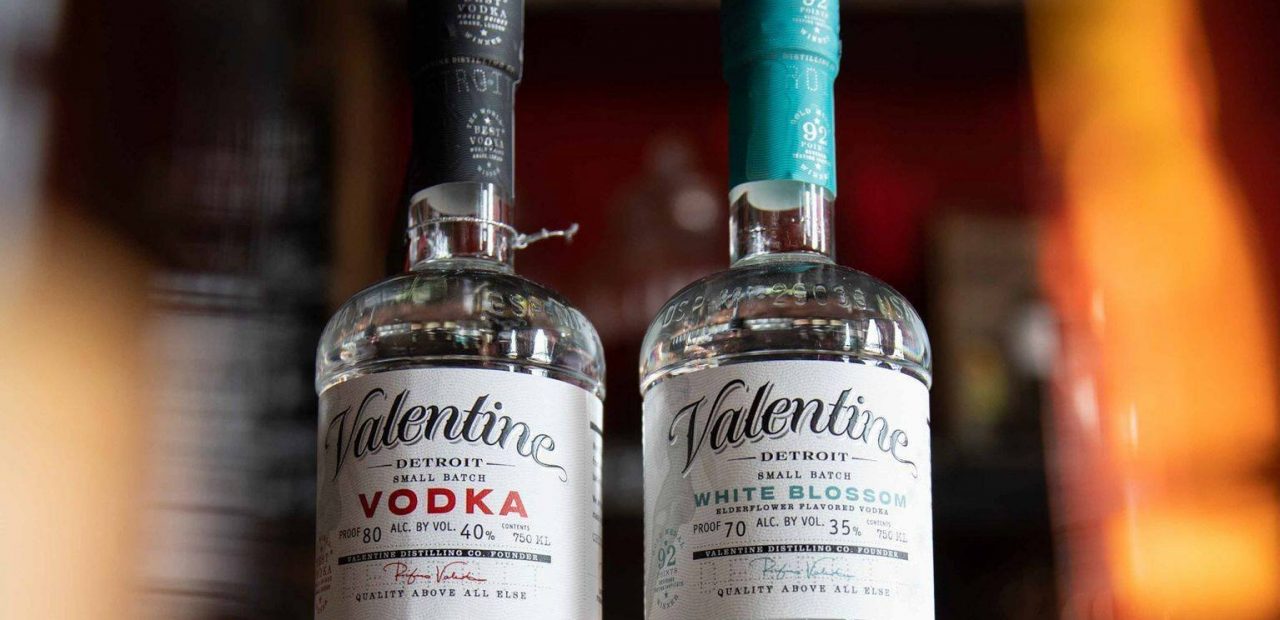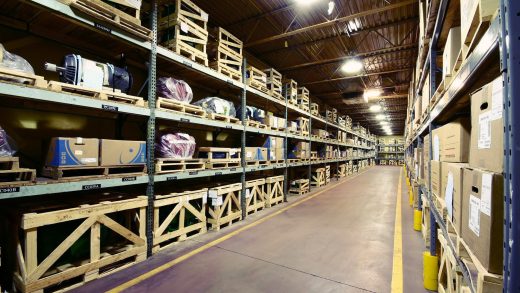Distilling 101: How to Make Vodka at Home
Vodka is a classy and popular drink. Most people like it, and it’s essential for making timeless cocktails, like Vodka Martini, Black Russian, or Cosmopolitan. However, it’s not always easy finding a vodka to your liking. You look through the aisles offered at your local market, and you can’t find anything you’d enjoy. Despite the enormous offer, nothing strikes you.
But there is another possibility. Instead of being a passive consumer and having to choose, you can take creative freedom in your own hands. Simply put, you can try distilling vodka at home. Now, you might be thinking that it’s too hard, requires too much of financial investment and a lot of equipment. Although this would be true in the past, nowadays, making vodka from the comfort of your home has never been simpler can be quite a fun and social hobby.
Nonetheless, you’d still need a great deal of time and patience, as well as the right equipment to distill your own vodka. If you want to learn the 101s of vodka distilling and discover a great, fulfilling hobby, this is everything you should know.
Contents
Jurisdiction
Before we get into the finer details of the process, you should know that here in Australia, there are strict legal aspects regarding home distillation. that you must follow. So, before you decide to take up distillation, make you have all the necessary documents.
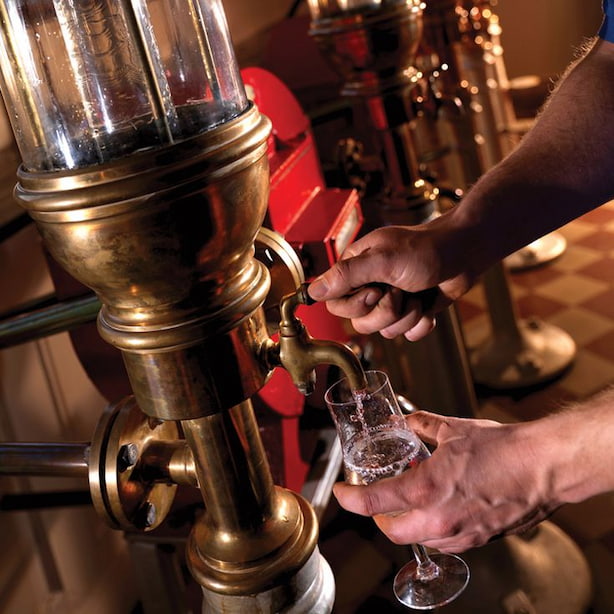
source: liquor.com
To Mash or Not to Mash
You certainly know that you use potatoes, wheat, rye, or similar to produce vodka. Well, this is done by making what is known as a mash. You do this by mixing crushed grain with water. And while this is the traditional method, it is much more complex and requires additional equipment and knowledge.
But, luckily for you, today you can make vodka without this. You no longer need to use mash to make vodka, as you can use sugar. By using this method, you have a simple approach to making vodka. With that in mind, we’re going to talk about how to make vodka by using sugar in a step by step manner, with an explanation on the equipment.
Fermentation and Wash
The first step of how to distill your own vodka is fermentation. By doing this, you will end up with that is known as the wash. To accomplish this, you must have a container and guarantee that you have thoroughly sanitized it. Otherwise, you risk having an unsafe, unpleasant drink. Also, you need to pick the right container for you, size-wise. With that being said, you also need to be careful to have the exact measurements for every ingredient.
The ingredients you need are water, sugar, and additives like yeast and turbo carbon for this step. And, you must have a consistent adequate temperature. First, you add the sugar and the water. You need to make sure that your water is clean and sanitary, before pouring it into the sugar. Then, you need to mix it thoroughly enough so that all the sugar dissolves.
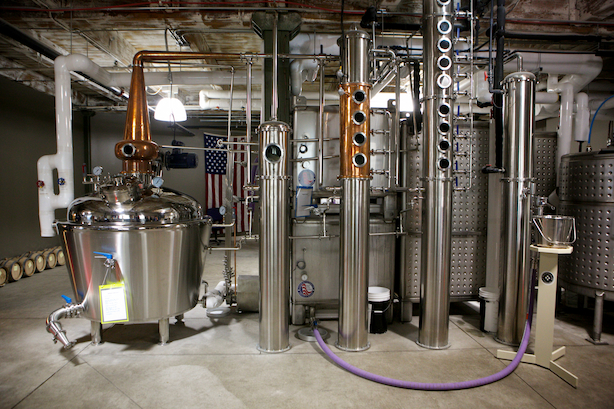
source: blog.distiller.com
So far, you’ve only used everyday ingredients. However, if you want to make the perfect wash, you need to have the proper yeast and carbon too. You can find them in any brew shop, but be sure to be consistent with your products. You add the carbon afterwards to remove any off-putting smells and tastes, so it technically cleans your wash.
Finally, you put the yeast which eats the sugar, and it multiplies. As such, it converts carbohydrates to organic acids or alcohol. Make sure that you always read the nutrient specification of any products you use. In the end, you, of course, want your wash to breathe. To do this, you should put an airlock that lets air circulate out, but not into your container.
Still
Once your wash is fermented, you need to clean it and ensure it’s safe to drink. You do this in several steps. First, you stir your wash to remove any left-behind carbon dioxide and then use turbo clear to remove unwanted yeast. You will soon see a result in your wash, as all the bad stuff sinks to the bottom.
The next step requires you to concentrate the alcohol using heat, also known as distillation. Luckily, there exist specialised machinery just for this, a still. You can use either an air still or a T500 boiler. Both have benefits and setbacks. The air still is easy to use and compact, but can only clean a small amount. Meanwhile, a boiler like the T500 can take up to 25 litres.
As you distill your vodka, you should be careful about your result. As you begin, you must throw out the first distilled liquid, also known as the heads. The heads contain all the toxic, harmful chemicals. After you do this, you will have the desired alcohol, also known as the body. And last, you have the tails. As the temperature reaches 100 degrees, you once again have nasty chemicals that you must discard.
At last, you have the final product you need, which you can further dilute and distill. Additionally, if your alcohol content is less than 50%, you can use the active carbon filter to remove any left-over unwanted flavours and aromas. If it is above 50%, then it will just eat through the carbon.
Vodka Essence, the Extra Touch
Once you’ve finished with your vodka distilling and have your final product, you can relax and enjoy its taste, happy with your hard work. Yet, you might feel as if it’s missing something, a certain taste or extra touch. Fortunately, there is an easy and inexpensive way to enrich the flavour of your drink with vodka essences.
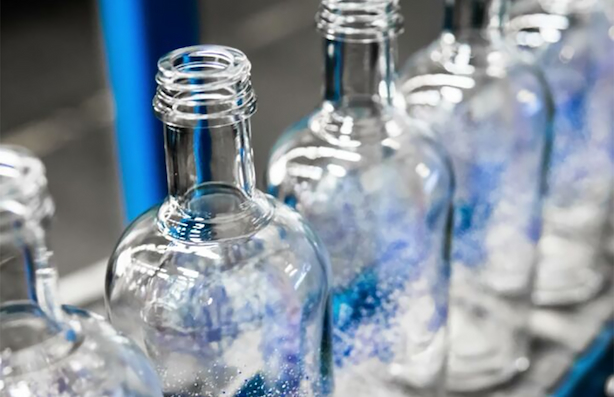
source: blog.distiller.com
By adding essences, you can make your vodka have any taste you want, from caramel to peach to vanilla or citrus. The vodka smoothly absorbs the flavour, allowing you to effortlessly get an unbeatable taste perfect for cocktails, shots, or on the rocks. All you have to do is put it in, mix it, and let it sit. Although, no matter how good your flavouring game is, never underestimate the importance of having a well-made, pure vodka. Before the extra touch, you need to have a firm basis.
Cheers!
To round off, making your vodka is a great hobby that allows for a lot of fun, creativity, and social experience. You can invite your friends for every new batch, and let them have the first taste. You can even make your very own blend or to save aside a bottle for special occasions. Nevertheless, it is still a time-consuming and strenuous pastime where you cannot misjudge, so don’t underestimate the science and the methodology behind it.

